24 Mar A SENSE OF TOUCH – THE EVOLUTION OF THE FINGERPRINT
The sensation of touch is a fundamental part of our daily experience. As one of our 5 senses, we activate our touch sense in virtually every action we take and it influences what we buy, who we love and even how we heal. We use this sense to gather information about our surroundings and as a means of establishing trust and social bonds with other people.
One of the key ways in which we experience touch is via our fingers; and today’s interactive society is more than ever indebted to our fingertips to operate in the modern, technology driven world. At the end of our digits are our fingerprints, and whilst we should marvel at their uniqueness and persistence (they don’t change over time which is pretty amazing over a lifetime), they are also the key to our use of interactive, collaborative systems and devices that take us on a journey every day.
But do Fingerprints enhance our Touch sense?
The word ‘fingerprints’ refers to the impressions made by the skin ridges on the fingers and thumbs. The major function of these skin ridges is to provide ‘friction’, or ‘traction’, when we grasp or touch objects in daily life. In January 2009 French physicists in Paris found that the skin ridges (fingerprints) also amplify and filter vibrations triggered when our fingertips brush across an uneven surface. These processes help transmit the signals of ‘touch’ to deeply embedded nerves involved in fine texture perception.
Fingerprints in the Future
Touchscreens and the sense of touch are evolving in response to audience demand for tactile deprivation. And herein lies a social dilemma.
Whilst there’s a lot to be said for the convenience of all our new electronic touchscreen options, when we put convenience and efficiency first at the expense of lost face-to-face human interaction and the interpersonal touching that goes along with it, we deprive the user of a fully sensory experience.
Is a Lack of Human Touch set to destroy our Social Glue?
Recognising that social touching is crucial, how will touchscreens step up to better connect with people in the future?
After all, a popular belief is that people who are gently ‘’touched’’ by a waitress in a restaurant tend to leave larger tips; a Doctor who ‘’touches’’ their patients are rated as more caring; shopkeepers sell more merchandise when briefly and lightly ‘’touching’’ their customers on the arm or when the customer touches the product.
- There are a few hints of the latest technology designed to heighten the sensation of touch and bring an enhanced user contact with touchscreens.

Haptic feedback is the use of touch feedback to the user – sometimes in the form of a vibration, but this may diversify to include more sensory tactics. Apple Inc. has been issued a series of U.S. patents for a “method and apparatus for localization of haptic feedback.” This system would allow for the localized delivery of a vibration to one point on a touchscreen in order to produce a more natural sensation of typing. But this crude vibration cue is only the first step. - There are an entire series of technologies under development to provide “synthetic touch”. Shape, content and texture can be displayed using an array of pins activated by electrical signals that move up-and-down or side-to-side. As the user explores the item, tiny movements are created using sophisticated programming and technology which are very fast allowing them to respond dynamically to the user’s exploration. The touch display can either lie on a flat surface, like a present day touchscreen, allowing for tactile exploration by the user, or they can be embedded into a roller mechanism and scanned over the fingertip.
- Another touch screen product under development which may be able to impart even more subtle sensations, uses an array of tiny surface electrodes to pass miniscule electrical currents into the skin and thereby activate nerve endings artificially.
It’s clear that collaboration, education and research is moving touchscreen technologies fast forward to deliver synthetic touch. Down the track, it’s predicted that there will be signals sent via a touchscreen to control dynamic tactile displays embedded in your clothing, opening up a whole new world of marketing (and other) possibilities.
Whatever next?! We’ll keep you posted. Contact Yap!digital on +61 8 9274 5151 or email Tim on tim@yapdigital.com.au for more information on touchscreen solutions for the future.



Sorry, the comment form is closed at this time.